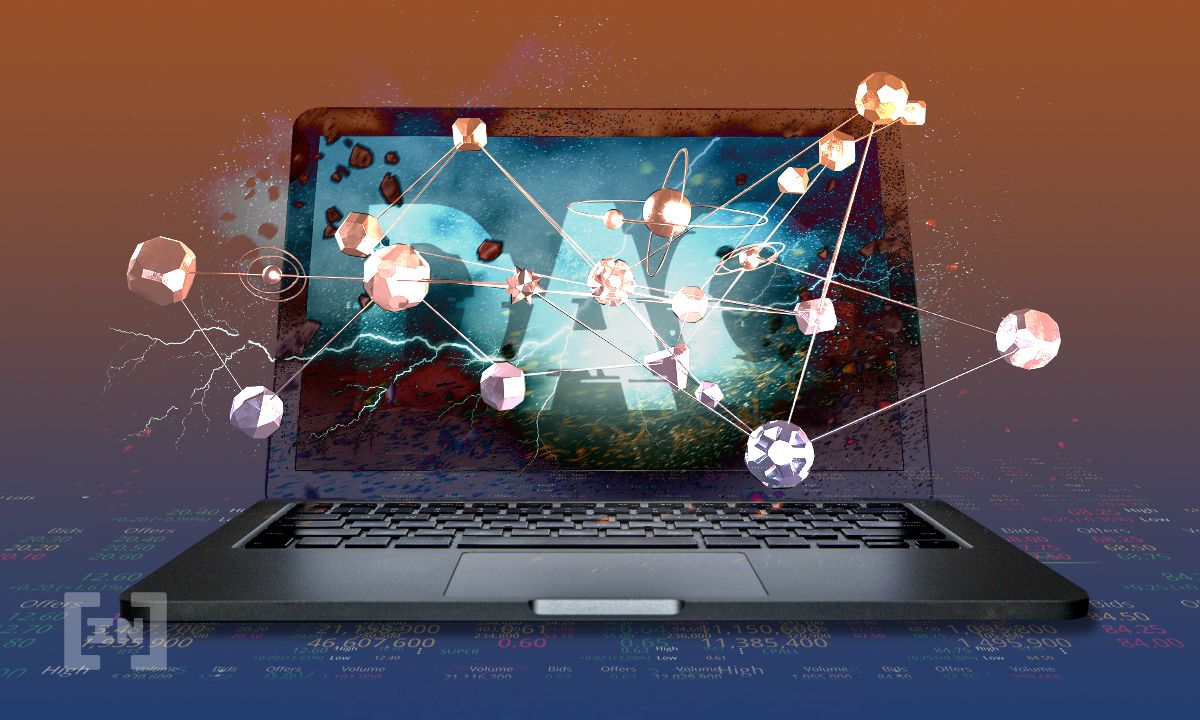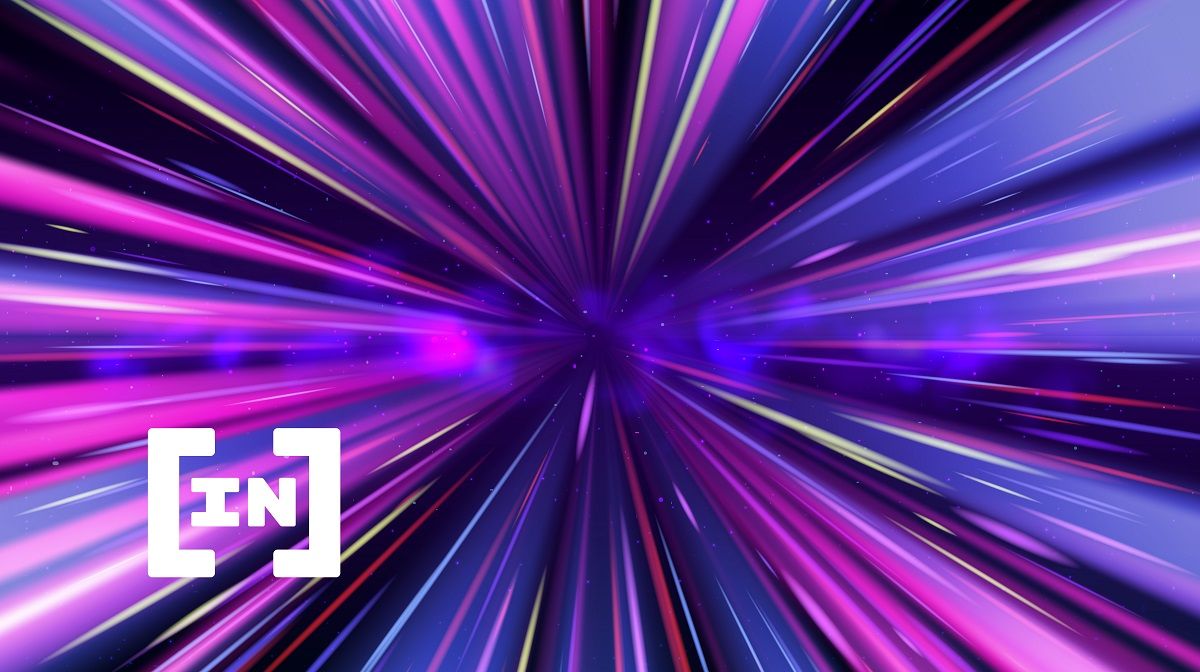Crypto Trends: 2021 has been a breakout year for cryptocurrencies and blockchain technology. Token prices, technological advancements and layer 2 adoption have surpassed all expectations. NFTs have had everyone talking. The ERC-721 non-fungible token standard became the first-ever non-human entity to top ArtReview’s annual “Power100” list. A Wall Street trading firm recently hired a crypto podcaster and DeFi trader with no previous financial market experience for its newly-launched crypto arm.
Price cycles may ultimately stick a pin in the market euphoria, but in terms of ongoing development and expansion of the digital asset ecosystem, 2021 was only the warm-up. Can the momentum sustain into 2022? Here are four predictions for the year ahead.
1. Year of the DAO and the ownership economy
Like the metaverse, DAO is another word that’s only just beginning to enter mainstream consciousness. This trend aligns closely with the current (covid-driven) zeitgeist. Global workforces have, and are, re-evaluating what it means to collaborate in a fully decentralised fashion.
Jesse Walden of Variant Fund, an investor in Gro, has spoken frequently of how technology is enabling us to shift closer to an ‘Ownership Economy.’ In it, individuals can actually share ownership in some of the platforms to which they contribute, as opposed to “being the product” that those platforms profit from.
He argues that this more cooperative economic model helps ensure better alignment with users over time. This results in platforms that will be more resilient, inclusive and innovative. They will be positioned optimally to leverage the strongest form of market incentives to grow network effects.

One example of the ownership economy at work is Uniswap. It is a crypto exchange that enables traders to buy and sell digital assets as they would across any centralised exchange, with a transaction fee. However, unlike its centralised counterparts, Uniswap is open source and user-owned. It doesn’t capture that transaction fee as profit. Instead, it distributes it to the market-making traders that provide liquidity and make the product useful – ensuring a smoother UX.
Third-party developers have built a rich ecosystem of integrations around Uniswap. This continues to bolster its popularity and increase its functionality beyond that which would typically be possible for a centralised offering.
ConstitutionDAO represented by far the biggest DAO-related story of 2021. It was a failed attempt by a group of crypto users to purchase a rare, first-edition copy of the US Constitution at auction.
Even if it was unsuccessful, the genie is now out of the bottle. At the end of November, a different DAO won a bid for another founding document – the Declaration of the Anti-Slavery Convention.
Pooling of community funds is one of the use cases for DAOs. But there are many others in exploration. After using the DAO to launch its GRO token, Gro DAO has now created a decentralized marketing team from community members. The G-Force is tasked with improving two key KPIs. The first is the total value locked in the Gro protocol. The second is the size of the global Gro online community. Members will be rewarded in GRO tokens for their contributions.
The G-Force initiative aims to prove the utility of DAOs in creating a decentralized organization with a specific purpose related to furthering a project. This is in addition to purely the governance of the project itself. It will also be an exercise in formalizing community involvement in marketing and promoting a project.
Over the coming year, we’ll see more such experimental initiatives around DAOs. DAOs will also become more mainstream. Projects will increasingly use DAO-based community funding as a complement to or replacement for traditional VC funding.
2. Multi-chain levels up
For many years, it looked as if no platform would ever truly come to rival Ethereum’s functionality and adoption. Many of the early generation smart contract platforms failed to take pace and slowly faded into obscurity. But as DeFi adoption started to skyrocket in early 2020, Ethereum’s limitations, and particularly its high gas fees, quickly became evident. 2021 has seen an explosion in activity on other first and second-layer chains, with BSC, Solana, Avalanche, and Polygon among the standout winners so far.
So by the end of 2021, it’s perhaps unsurprising that cross-chain bridges and multi-chain protocols are seeing some of the most significant activity in terms of transaction volumes and user numbers. Curve Finance, the most popular DeFi app by total value locked (TVL), now operates across seven chains, a mixture of Layer 2s and alternative Layer 1s.
In 2022 we expect an increased focus on ethereum Layer 2s as competitors to the alternative Layer 1s established to date. Optimistic Layer 2s such as Arbitrum and Optimism are gaining traction, and Zero-Knowledge rollups are starting to enter the DeFi ecosystem, including Gro launching on Argent zkSync.
There are vast advantages in a multi-chain ecosystem, not least that it reduces transaction costs and creates multiple entrance points for new users. So we can expect this trend to continue, with more protocols setting up home on multiple chains and continuing improvements to the multi-chain user experience.

3. Web3 Enters the Mainstream
NFTs, DAOs, and the metaverse are simply components of the broader journey into Web3, which will also begin to become a mainstream buzzword in 2022. Kimbal Musk is the lesser-known brother of Elon. He is going all-in on this transition with a DAO of his own, a Web3 charity aimed at tackling food justice. In a recent interview with Coindesk, Musk spoke of his strength of belief in the idea of Web 3 being enabled by community creation. This effectively ties together all the related developments we’re seeing right now.
As 2022 progresses, the boundaries that define the various digital asset segments will increasingly become blurred. NFTs, DeFi, decentralized metaverses, and DAOs will begin to become part of the way we interact online and grouped under the banner of Web 3. However, you can bet that 2022 marks the first time that the average Joe consumer will begin to experience Web3 in their daily lives, whether they realize they’re doing it or not.

4. Markets Cool, But Don’t Freeze
Price predictions are always tricky, but we all know that what goes up, can come down. As things stand in early December 2021, most of the cryptocurrency segment is still eagerly anticipating another big price rally. However, based on previous cycles, there’s every possibility that a downturn will follow.

Predicting such a scenario doesn’t equate to doom-mongering, though. Remember that the sector emerged stronger than ever from the crypto winter of 2018 and 2019, and given the current momentum and attention, such a long and bleak period seems unlikely to repeat itself.
Furthermore, from the trading and investing standpoint, there’s one major difference between 2018 and now. A $275 billion DeFi market has emerged in the last couple of years, and it’s providing users with protected returns, for instance in stablecoin yield-farming, that simply weren’t possible back then. Gro products allow users to earn over a range of returns on US dollars with either low-risk protected savings tokens, or more aggressive (but still market neutral) leveraged stablecoin strategies.
As such, while the price cycles will play out in the way they always do, the markets themselves won’t cool to the extent they did in 2018. Furthermore, the other trends outlined above will provide more than enough momentum and investor assurances to keep digital asset development and adoption moving throughout the next market cycle.
Got an opinion about this? Let us know here.
Disclaimer
In compliance with the Trust Project guidelines, this opinion article presents the author’s perspective and may not necessarily reflect the views of BeInCrypto. BeInCrypto remains committed to transparent reporting and upholding the highest standards of journalism. Readers are advised to verify information independently and consult with a professional before making decisions based on this content. Please note that our Terms and Conditions, Privacy Policy, and Disclaimers have been updated.


